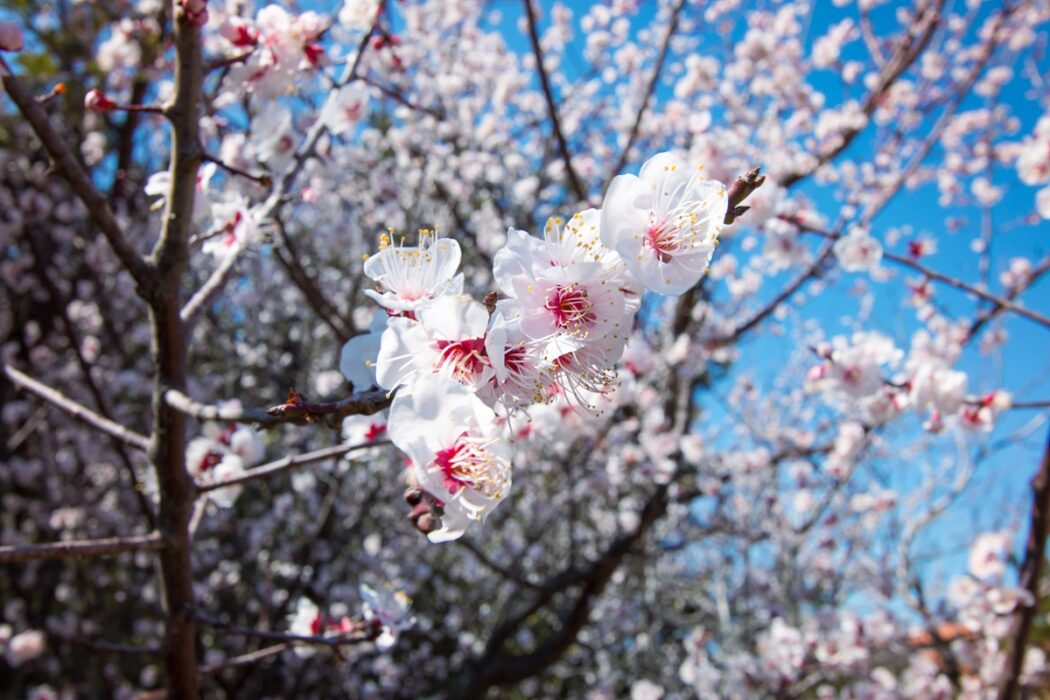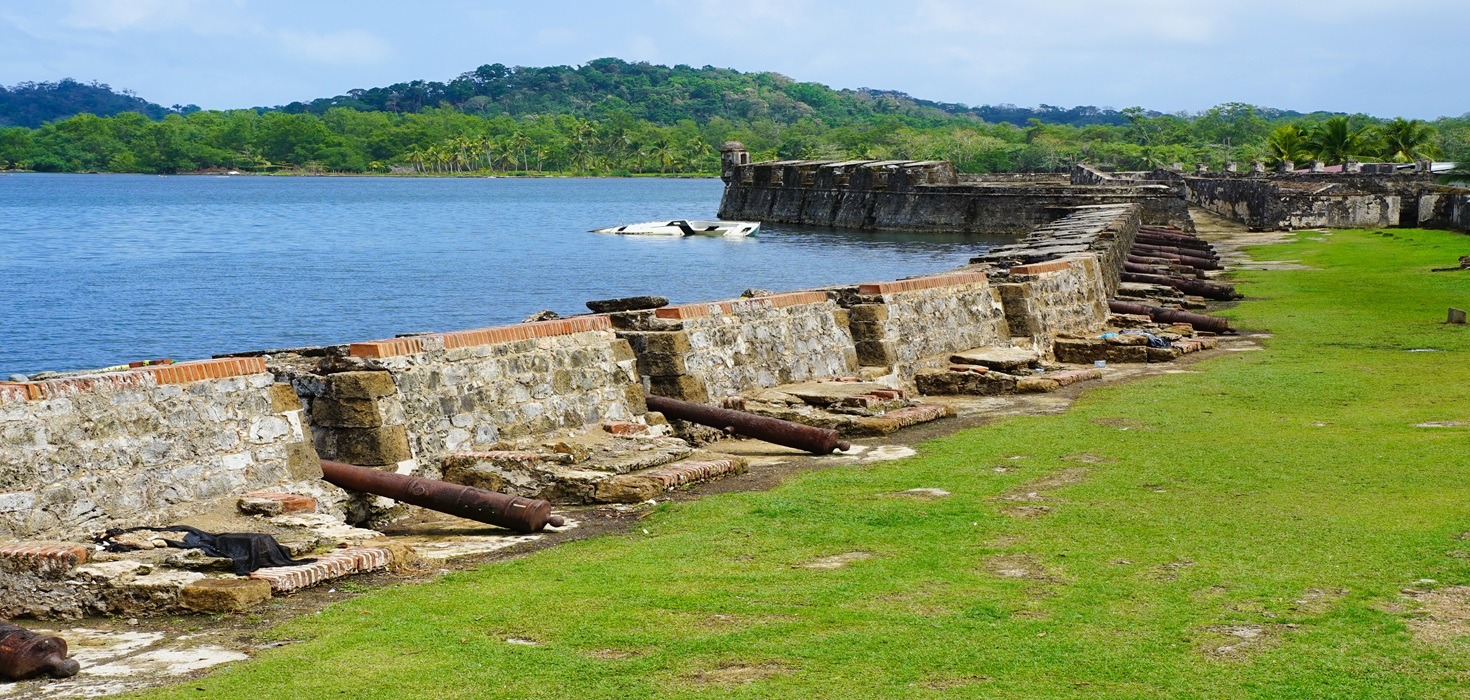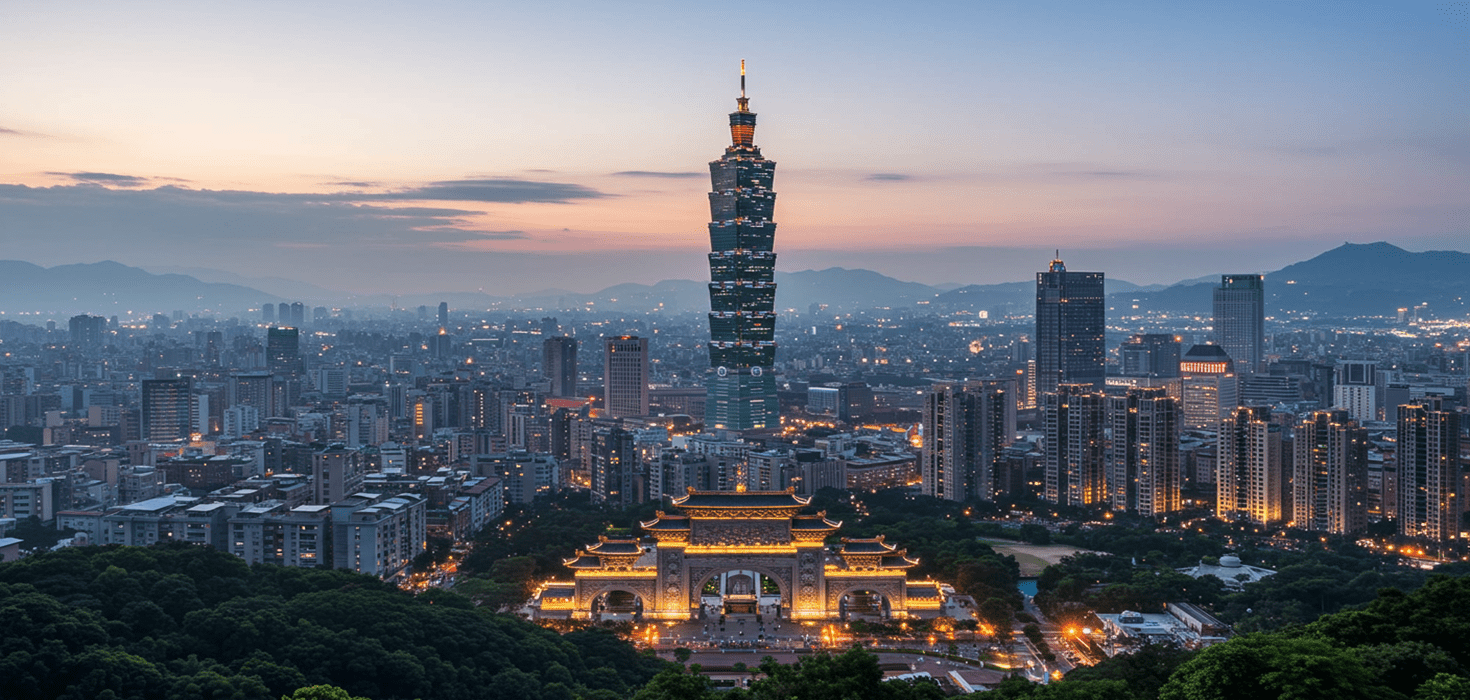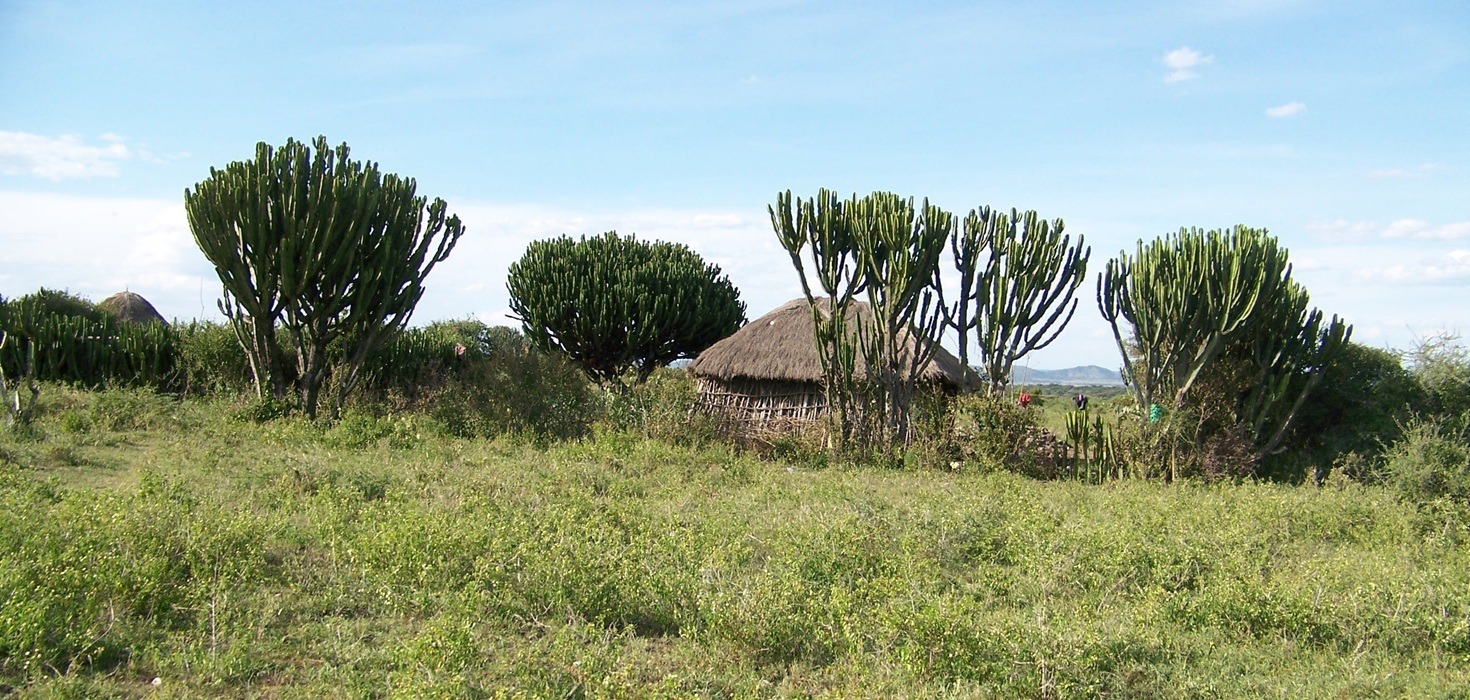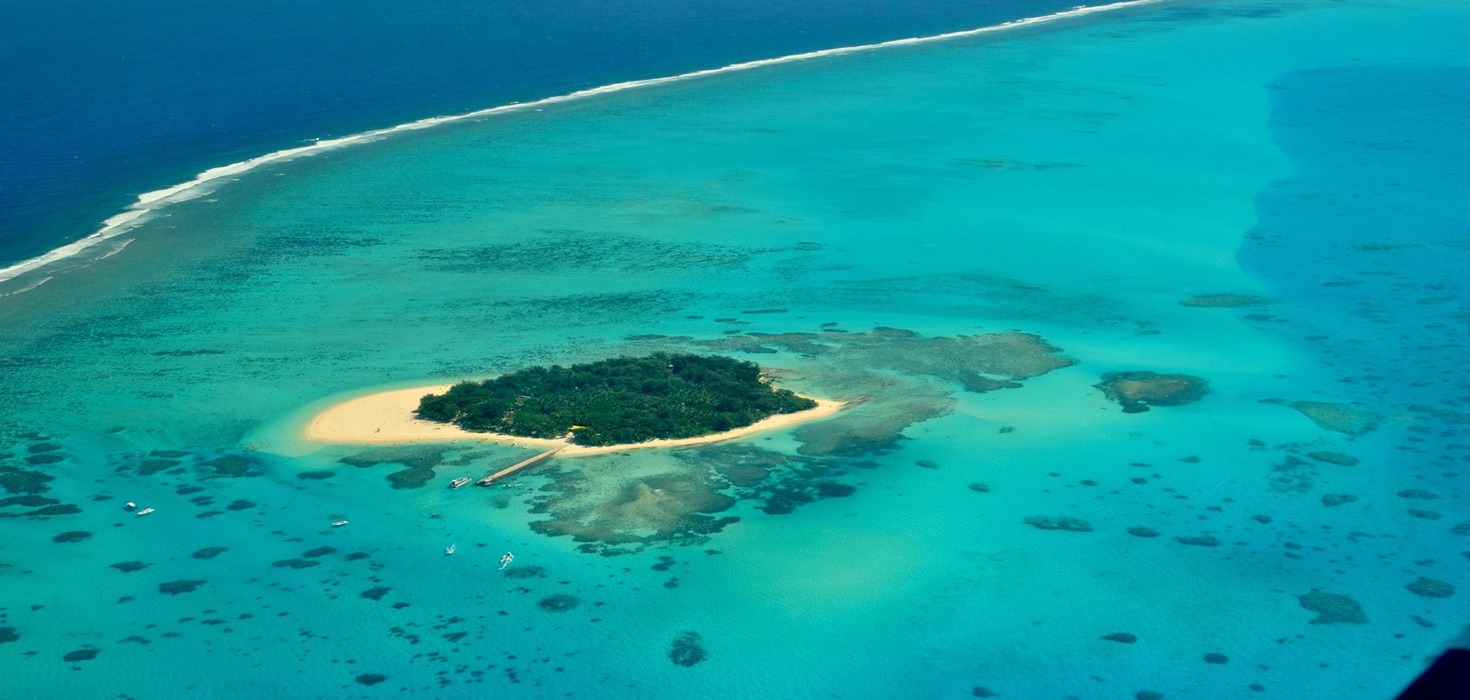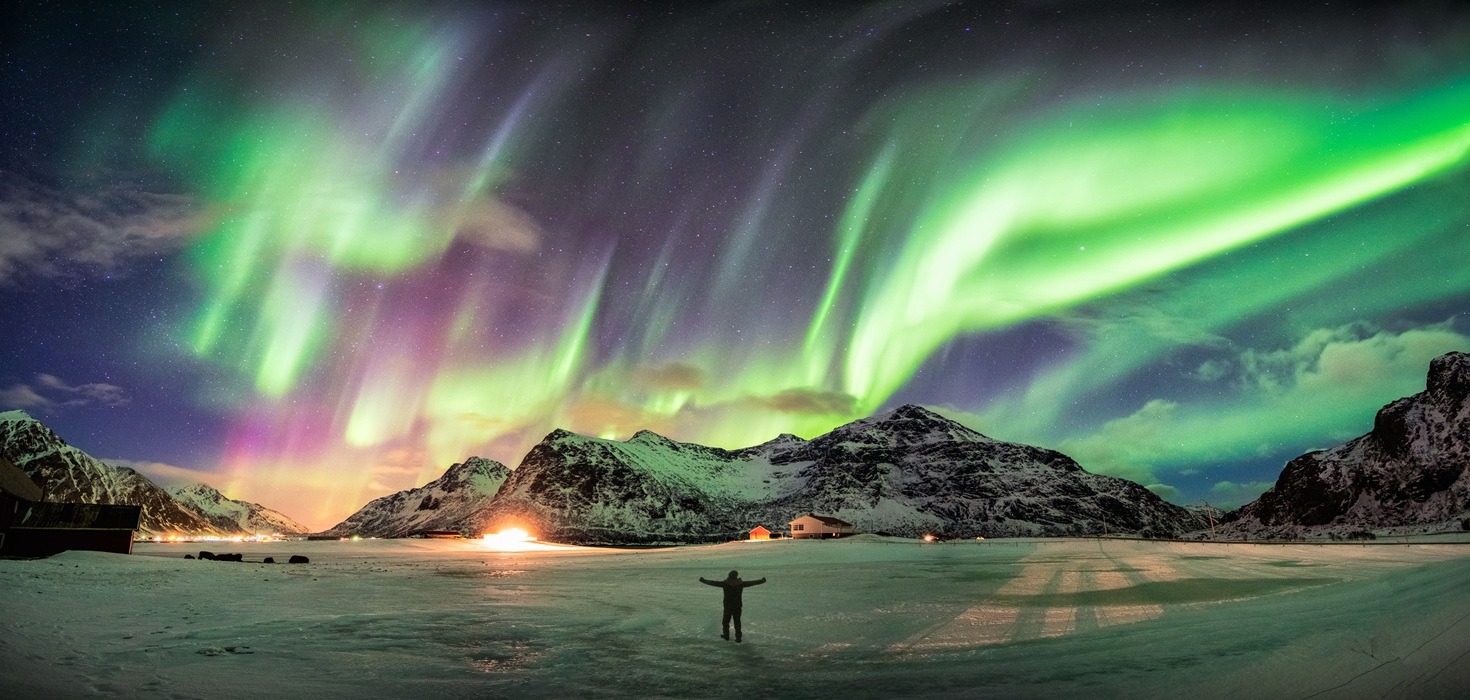Welcome to Jeju Island: A Slice of Paradise Awaits!
Jeju Island, South Korea’s jewel, is a dream destination that enchants travelers with its stunning landscapes, rich culture, and delightful cuisine. Whether you’re exploring the breathtaking volcanic terrain, lounging on sun-kissed beaches, or indulging in the local delicacies, Jeju promises an unforgettable experience. But before you pack your bags and head to this beautiful island, there’s one key ingredient to crafting your perfect getaway: the weather!
Understanding Jeju’s weather patterns is crucial for planning your trip. The island boasts a temperate maritime climate, which means you can expect a delightful mix of sunshine, rain, and everything in between throughout the year. Knowing what to expect can help you choose the best time to visit, ensuring that your adventures align perfectly with the seasonal offerings. So, let’s dive into the delightful details of Jeju Island’s weather and discover how it can enhance your travel experience!
Discovering Jeju Island Weather: What to Expect
Jeju Island’s weather is as dynamic as its landscapes. With a climate influenced by the surrounding seas, the island experiences four distinct seasons: spring, summer, autumn, and winter. Each season brings its own charm, making Jeju a year-round destination. From the vibrant cherry blossoms in spring to the cozy hot springs in winter, the island’s weather patterns create a unique backdrop for every adventure.
As you plan your visit, keep an eye on the Jeju weather forecast for 30 days to ensure you’re prepared for whatever Mother Nature has in store! The island’s weather patterns can vary significantly, so understanding these nuances will help you maximize your experience. For instance, summer can be hot and humid, perfect for beach lovers, while autumn showcases stunning foliage that photographers will adore.
What Makes Jeju’s Weather Unique?
One of the standout features of Jeju’s climate is its microclimates. Thanks to Hallasan Mountain, the island has varying weather conditions within short distances. While it may be sunny on the coast, the mountain trails could be shrouded in mist. This aspect of Jeju’s weather not only adds to the island’s allure but also means that travelers should always check the local forecast before heading out.
So, whether you’re looking to hike the scenic trails, soak in the hot springs, or simply relax on the beach, understanding Jeju’s climate is essential for making the most of your trip. Let’s break down the monthly weather, so you can pinpoint the best time for your adventure!
Monthly Breakdown of Jeju’s Weather: Your Guide to Ideal Travel Times
Each month on Jeju Island offers something special, influenced by the ever-changing weather. Here’s a quick overview of what to expect throughout the year:
January
January greets you with a chill in the air and the possibility of snow on Hallasan Mountain. While it’s cold, this is the perfect time to enjoy Jeju’s famous hot springs. Warm up after a day of exploring the island’s winter beauty!
February
As February rolls in, the island starts to wake up from its winter slumber. The temperatures are still chilly, but the early spring blooms begin to peek through. This month is ideal for those who appreciate quieter surroundings and want to experience the serene beauty of Jeju.
March
March brings a gentle warmth, making it a fantastic time for hiking. The trails start to come alive with budding flowers, and the weather is perfect for outdoor adventures. Don’t forget to pack your hiking boots!
April
April is the star of the show with its peak cherry blossom season. The island transforms into a pink paradise, attracting visitors from all over. Grab your camera and enjoy the stunning views as you stroll through blooming parks!
May
May ushers in mild and sunny days, perfect for outdoor activities. Whether you’re hiking, cycling, or simply enjoying a picnic by the beach, this month offers ideal weather for exploration and relaxation.
June
As summer begins in June, the beaches come alive! The weather is warm, making it the perfect time for swimming, sunbathing, and water sports. Dive into the crystal-clear waters and enjoy the vibrant beach life.
July
July is hot and humid, making it a peak month for beachgoers and water sports enthusiasts. With long sunny days, it’s the perfect time to soak up the sun and enjoy the lively atmosphere of Jeju’s coastal areas.
August
August continues the summer vibe with vibrant beach life and plenty of outdoor activities. The island is buzzing with energy, and you’ll find numerous festivals celebrating the season. Don’t miss out on the fun!
September
As summer fades, September brings cooler temperatures, making it ideal for hiking and sightseeing. The weather is pleasant, and the crowds start to thin out, allowing for a more intimate experience with Jeju’s natural beauty.
October
October is a photographer’s dream with the arrival of autumn colors. The island is adorned with stunning hues of red, orange, and gold, creating picturesque landscapes perfect for capturing memories.
November
November sees a drop in temperatures, signaling the quieter tourist season. It’s a great time to explore the island’s hidden gems and enjoy a more peaceful atmosphere as you soak in the local culture.
December
December wraps up the year with winter festivities and cozy retreats. Experience the charm of Jeju during the holiday season, complete with festive lights and warm local delicacies. It’s a magical time to visit!
With this monthly breakdown, you can now choose the best time to visit Jeju based on your interests and the activities you want to enjoy. Ready to craft your perfect itinerary? Let’s explore how to plan your 30-day adventure based on the weather!
Crafting Your Perfect Jeju Itinerary: Weather-Driven Planning
Ready to create an unforgettable 30-day itinerary for Jeju Island? The key is to align your plans with the island’s delightful weather patterns and seasonal activities. Here’s how to make the most of your stay, no matter when you visit!
Planning Around the Seasons
Each month on Jeju Island offers unique experiences, so tailor your itinerary to match the weather. For example, if you’re visiting in April, don’t miss the cherry blossoms! Plan leisurely strolls through the parks and take plenty of photos. If you’re there in July or August, embrace the summer vibe by scheduling beach days and water sports.
Activities by Month
Here’s a quick guide to help you plan your daily adventures based on the weather:
- January: Warm up in hot springs after hiking Hallasan Mountain.
- February: Enjoy the tranquil beauty of early spring blooms in local gardens.
- March: Hit the hiking trails as the weather warms up; the scenery is breathtaking!
- April: Join cherry blossom festivals and take part in outdoor picnics.
- May: Explore Jeju’s stunning coastlines and enjoy water sports.
- June: Kick off summer with beach parties and water activities.
- July: Dive into the vibrant beach life; don’t forget sunscreen!
- August: Attend summer festivals and enjoy local seafood feasts.
- September: Perfect for hiking; the cooler weather is ideal for outdoor exploration.
- October: Capture stunning autumn colors in scenic spots like Seongsan Ilchulbong.
- November: Discover hidden gems and enjoy quieter attractions.
- December: Experience Jeju’s winter festivities, including local markets and cozy eateries.
Outdoor Adventures in Jeju: Embrace the Elements
Jeju Island is an outdoor enthusiast’s paradise! Depending on the season, there’s a plethora of activities waiting for you. Here are some highlights:
Hiking Trails for Every Season
Jeju boasts numerous hiking trails suitable for all skill levels. In spring, the trails bloom with vibrant flowers, while autumn offers stunning foliage. Hallasan Mountain, the island’s highest peak, is a must-visit year-round. Just remember to check the weather before your hike, as conditions can change quickly!
Beach Activities and Water Sports
Summer is all about the beaches! From swimming and sunbathing to parasailing and snorkeling, Jeju’s coastline is alive with activity. Head to Hyeopjae Beach for its crystal-clear waters or check out Jungmun Beach for surf lessons. No matter your preference, there’s a beach activity for everyone!
Nature Tours and Eco-Tourism Experiences
Jeju is rich in natural beauty and biodiversity. Join eco-tours to explore the island’s unique ecosystems. Visit the Manjanggul Lava Tube, a UNESCO World Heritage site, or take a leisurely stroll through the Jeju Olle Trail, which offers stunning coastal views and lush landscapes.
Festivals and Events: Celebrate Jeju’s Culture in Every Season
Jeju Island is not just about nature; it’s also a hub of vibrant culture and festivities. Here’s what to look forward to throughout the year:
Major Festivals by Month
- Spring: The Jeju Cherry Blossom Festival in April is a highlight, featuring beautiful displays of cherry blossoms and cultural performances.
- Summer: The Jeju Fire Festival in March celebrates the island’s agricultural heritage with traditional fire rituals and lively entertainment.
- Autumn: The Jeju Canola Flower Festival in May showcases the stunning yellow fields and offers various activities for visitors.
- Winter: Experience the Jeju Winter Festival in December with local food, crafts, and holiday celebrations.
Each festival is influenced by the weather, so check the forecast to make the most of your visit!
Culinary Adventures: Taste the Seasons of Jeju
Jeju’s culinary scene is as diverse as its landscapes, with seasonal dishes that reflect the island’s rich culture. Here’s what to savor during your stay:
Seasonal Dishes to Try
- Spring: Enjoy fresh seafood and spring vegetables, perfect for lighter meals.
- Summer: Dive into local specialties like cold noodles and fresh sashimi.
- Autumn: Relish hearty dishes featuring mushrooms and root vegetables.
- Winter: Warm up with traditional stews and hot pot dishes, perfect for chilly nights.
Don’t miss the chance to visit local markets and food festivals that celebrate Jeju’s culinary heritage!
Practical Travel Information: Tips for a Smooth Visit
Planning a trip to Jeju? Here are some essential travel tips to keep in mind:
Packing for the Weather
Jeju’s weather can be unpredictable, so pack layers! Bring comfortable clothing for outdoor activities, swimwear for the beach, and a light jacket for cooler evenings. Don’t forget sunscreen and a reusable water bottle to stay hydrated!
Transportation Tips
Getting around Jeju is easy with various transportation options. Renting a car is popular, giving you the freedom to explore at your own pace. Public transportation is also available, but check schedules as they can change with the seasons.
Safety and Health Guidelines: Weather Considerations
Your health and safety are paramount while enjoying Jeju’s beautiful outdoors. Here are some tips:
Weather-Related Precautions
Always check the weather forecast before heading out, especially for hiking or beach activities. Stay hydrated and wear appropriate footwear for hikes. If you’re visiting in winter, be cautious of icy trails and dress warmly!
Fun Facts About Jeju: Fascinating Tidbits
Did you know that Jeju Island is home to the world’s largest volcanic crater? Hallasan Mountain is not only a stunning natural landmark but also a UNESCO Biosphere Reserve! The island is also famous for its unique haenyeo, female divers who harvest seafood without tanks. These cultural gems add to Jeju’s charm and allure!
Seasonal Travel Insights: Best Times for Different Interests
Looking for the best time to visit based on your interests? Here’s a quick guide:
Best Times for Specific Interests
- Photography: Visit in October for breathtaking autumn colors.
- Adventure Sports: Summer is perfect for water sports and hiking.
- Cultural Experiences: Attend festivals in spring and winter for unique local traditions.
Shopping in Jeju: Souvenirs and Local Products
Don’t leave Jeju without picking up some local souvenirs! From beautiful handicrafts to delicious snacks, here’s where to shop:
Shopping Destinations
Head to Jeju City’s Dongmun Traditional Market for local produce and unique gifts. The Jeju Folk Village Museum offers traditional crafts, while the airport has plenty of shops for last-minute souvenirs. Remember to look for local specialties like Jeju tangerines and volcanic rock products!
Detailed Day-by-Day Itinerary: Your 30-Day Adventure
Here’s a sample day-by-day itinerary to inspire your 30-day adventure in Jeju:
Sample Itinerary Highlights
- Day 1: Arrival in Jeju City, explore local markets.
- Day 2: Visit Hallasan National Park for a day hike.
- Day 3: Relax at Hyeopjae Beach, enjoy water sports.
- Day 4: Attend the Jeju Cherry Blossom Festival.
- Day 5: Explore the Manjanggul Lava Tube.
- Day 6: Join a local cooking class to learn about Jeju cuisine.
- Day 7: Visit the Jeju Folk Village Museum.
- Day 8: Take a day trip to Udo Island.
- Day 9: Discover the scenic coastal roads.
- Day 10: Relax and enjoy a spa day.
Feel free to mix and match activities based on your interests and the weather!
Conclusion
Planning a weather-driven adventure in Jeju Island opens up a world of possibilities. Whether you’re chasing cherry blossoms in spring, soaking up the sun on summer beaches, or marveling at autumn colors, Jeju has something for everyone. So grab your bags, check the forecast, and get ready for a trip of a lifetime!
Commonly Asked Questions (FAQs)
Here are some frequently asked questions to help you plan your trip:
What is the best time to visit Jeju Island?
The best time to visit depends on your interests. Spring (April) is ideal for cherry blossoms, while summer (July-August) is perfect for beach activities.
How can I check the weather forecast for Jeju?
You can easily find the Jeju weather forecast for 30 days online to plan your activities accordingly.
What outdoor activities can I do in Jeju?
Jeju offers a variety of outdoor activities, including hiking, beach sports, and eco-tours. Be sure to check the weather for the best experience!
Are there any cultural experiences to enjoy in Jeju?
Absolutely! Attend local festivals, visit traditional markets, and explore Jeju’s rich history at cultural sites like the Jeju Folk Village Museum.
What should I pack for my trip to Jeju?
Pack layers for changing weather, swimwear for the beach, and comfortable shoes for hiking. Don’t forget sunscreen and a reusable water bottle!
With this guide in hand, you’re all set for your adventure on Jeju Island. Happy travels!

